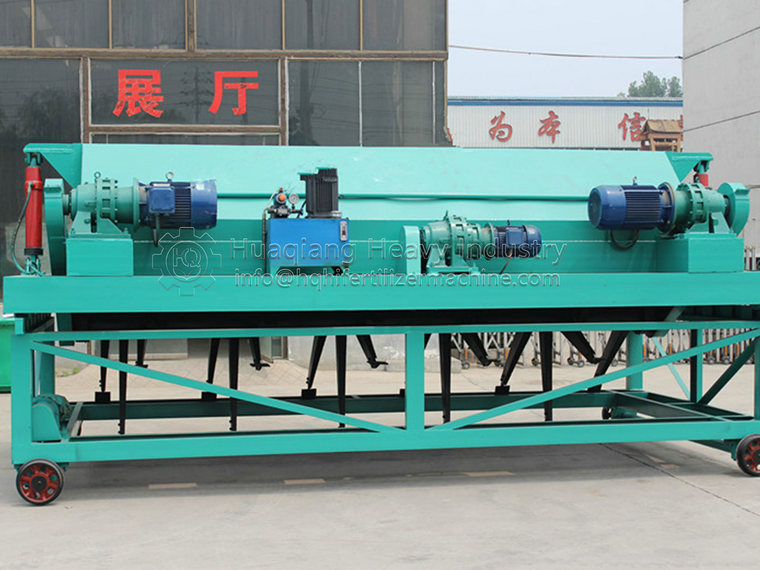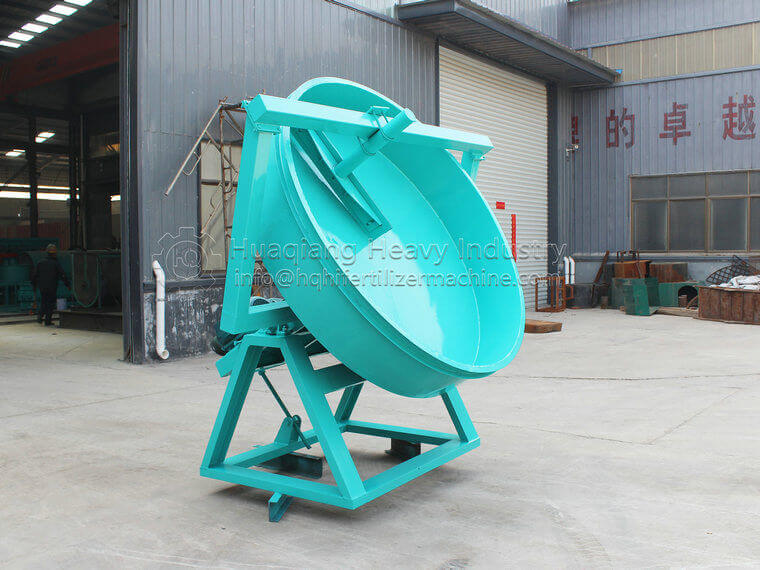In the process of using organic fertilizer equipment, one of the problems we have to mention is the oil change problem. The wrong way of oil change often causes great damage to the equipment and affects the operating efficiency of the organic fertilizer production line. So how to refuel correctly? This is a common problem. This is not only reflected in the upgrading of organic fertilizer processing equipment, but also in all motor vehicle industries. That is to say, when the engine oil is not completely used up, add new oil, and mix the old and new oil. This practice will increase friction, because old motor oil contains a lot of oxidizing substances and dust. In fact, here’s a trick to teach you: Waste oil can be added to the air filter panel. Good equipment needs careful care from users. The knowledge of the correct use of oil is a small aspect of the use process, and more maintenance skills need to be mastered slowly. For example, what do I need to prepare for the installation process? Whether the voltage is stable, whether it is cleaned regularly, etc.
Maintenance requirements for organic fertilizer granulator
1. Dust and other objects on the chassis plane of movable equipment shall be removed to avoid the machine. When encountering non fragile materials, the movable bearing cannot move on the underframe, causing serious accidents.
2. If the bearing oil temperature rises, stop the machine immediately to check and eliminate the cause.
3. In case of any impact sound of rotating gear during operation, stop the inspection immediately and eliminate it.
4. The bearing of the bearing crusher bears all the loads of the machine, so good lubrication is closely related to the bearing life. It directly affects the service life and operation rate of the machine, so the injected lubricating oil must be clean and well sealed. The main oil filling parts of the machine include rotary bearings, roller bearings, all gears, movable bearings and sliding surfaces.
5. Newly installed tires are easy to loosen and must be checked frequently.
6. Pay attention to whether all parts of the machine work normally.


.jpg)




.jpg)